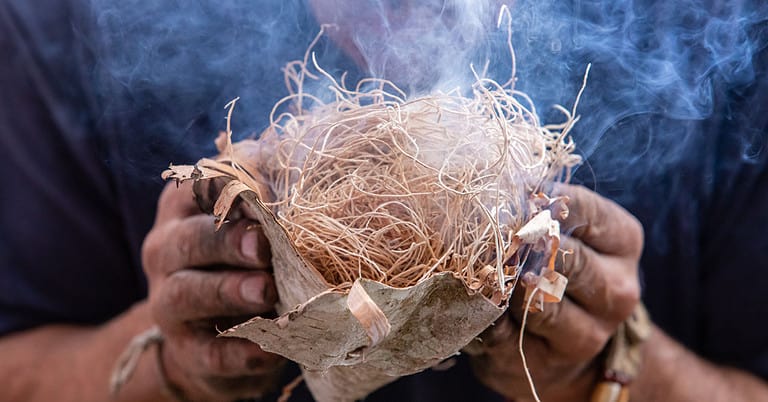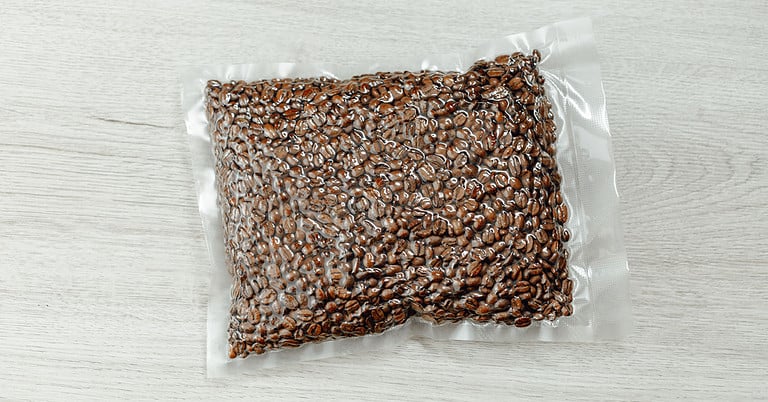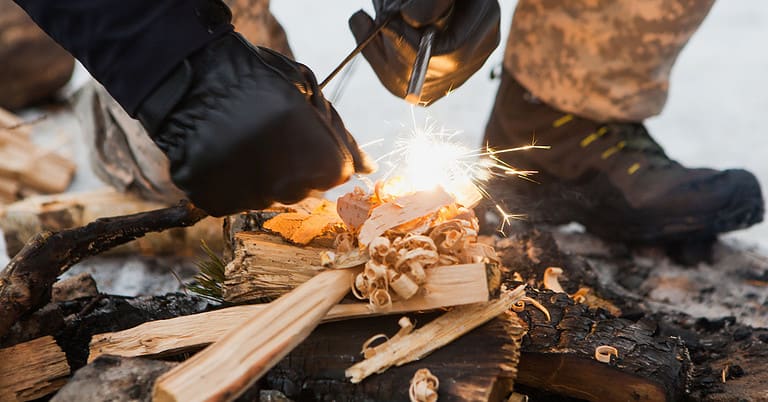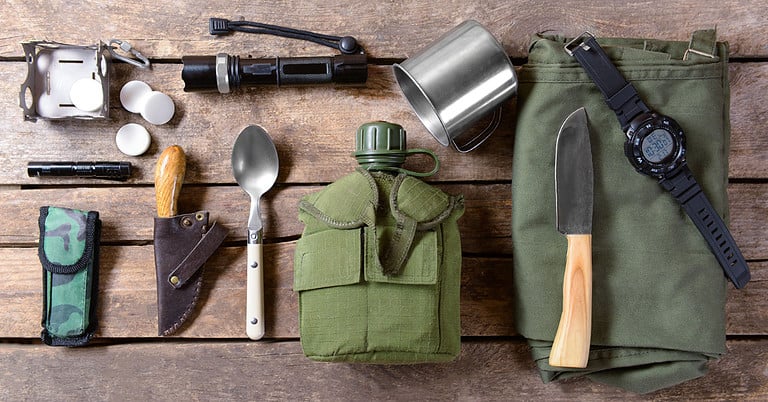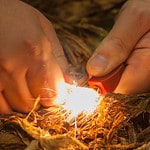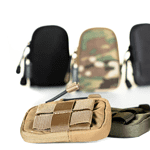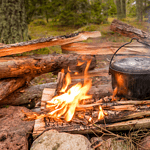MREs, or Meals Ready-to-Eat, are self-contained individual field rations in lightweight packaging used by the military, outdoor enthusiasts, and emergency responders.
One key feature of MREs is their self-healing mechanism which enables users to heat food even when there's no access to a stove or fire.
These mechanisms function through a chemical reaction that generates heat.
This guide will investigate the science behind MRE heaters, how they work, and what safety precautions should be taken when using them.

Understanding the Science Behind MRE Heaters
MRE heaters work through exothermic oxidation, a chemical reaction that generates heat when fuel and oxygen combine. Magnesium serves as the fuel while iron oxide is the oxidizer; when magnesium comes into contact with iron oxide, it reacts with the oxygen to form magnesium oxide and releases heat.
Magnesium and iron oxide chemical reactions are highly exothermic, generating much heat. This heat can reach temperatures as high as 100 degrees Celsius (212 degrees Fahrenheit), with some MRE heaters lasting for up to 15 minutes, depending on what kind is used.
Chemical Reactions That Create Heat in MRE Heaters
MRE heaters utilize a two-step chemical reaction to generate heat. It is essential to know that they only produce a one-time chemical reaction.
Once started, there can be no stopping or restarting; thus, they should only be utilized when you're ready to eat.
Water's Role in MRE Heater Activation
As previously stated, water plays an integral role in activating MRE heaters. This is because water must be added to the heater pouch to begin a chemical reaction that otherwise won't occur, leaving it without heat production. Without water, however, this chemical reaction cannot happen, and you'll have no heat production.
It is essential to note that not all water is suitable for MRE heaters. For example, hard water with high mineral content or water treated with chlorine or other chemicals may not perform optimally when activating MRE heaters; these impurities can disrupt the chemical reaction and prevent proper functioning. Therefore, using clean, purified water is recommended.
Safety Warnings When Utilizing MRE Heaters
While MRE heaters tend to be safe, there are some essential safety tips to remember.
First and foremost, always use them in a well-ventilated area as the chemical reaction that generates heat produces hydrogen gas which could be hazardous if inhaled in large amounts.
Furthermore, never open the pouch even after use - it may still contain magnesium which could react with moisture in the air and start a fire if left unattended.
It is essential to follow the instructions provided carefully. Overheating or adding too much water can cause the pouch to rupture, which could be hazardous.
Furthermore, never use MRE heaters for anything other than their intended purpose - never start a fire or light a cigarette, as these activities pose severe risks.
FAQs about MRE heaters
Q: Can I reuse MRE heaters?
A: No, they are intended for one-time use only. Once a chemical reaction has begun, it cannot be stopped or restarted.
Q: How long does it take for an MRE heater to warm food?
A: They can generate heat for up to 15 minutes, depending on the type of device. The exact duration depends on both the food type and ambient temperature.
Q: Can I consume food directly from an MRE heater pouch?
A: Food in an MRE pouch can be eaten directly from the pouch. However, caution is essential when handling the pouch since it may be hot.
Alternative Ways to Heat MREs
They provide a convenient way to heat food while in the field, but if they're not available, other methods can be used instead.
One option is using a portable stove or camping stove as a heat source - this requires more equipment but offers reliable results in the field.
Another method is using fire to heat the food. This requires warming the fire and placing the MRE pouch near it. Unfortunately, this approach requires special skills and materials to start the fire safely and successfully.
Conclusion and final thoughts
MRE heaters are an integral part of MREs, providing users access to hot food even when access to a stove or fire isn't possible.
Users must understand the science behind it to ensure safe and effective usage.
Users can safely and conveniently heat their food while in the field by following the safety precautions and instructions.

